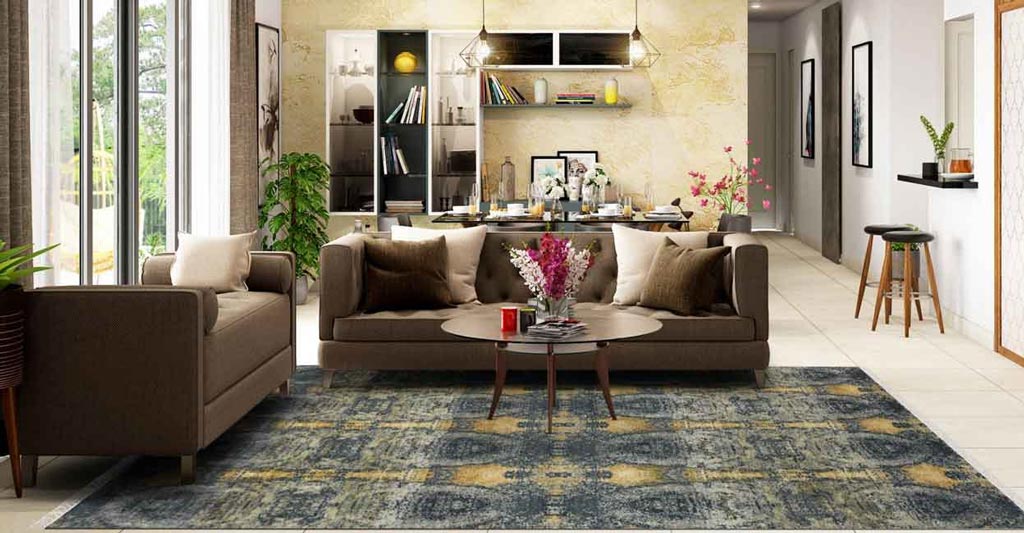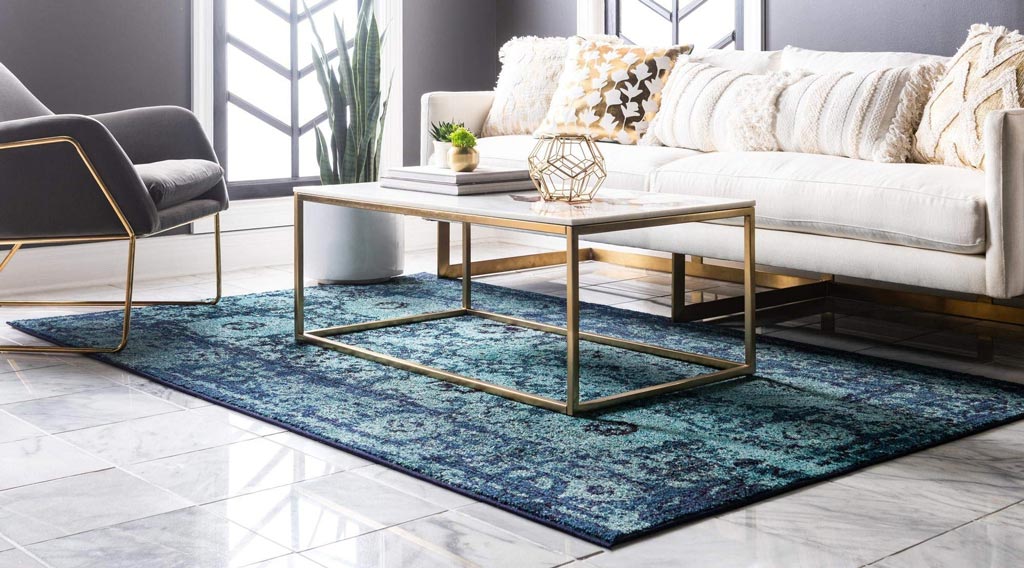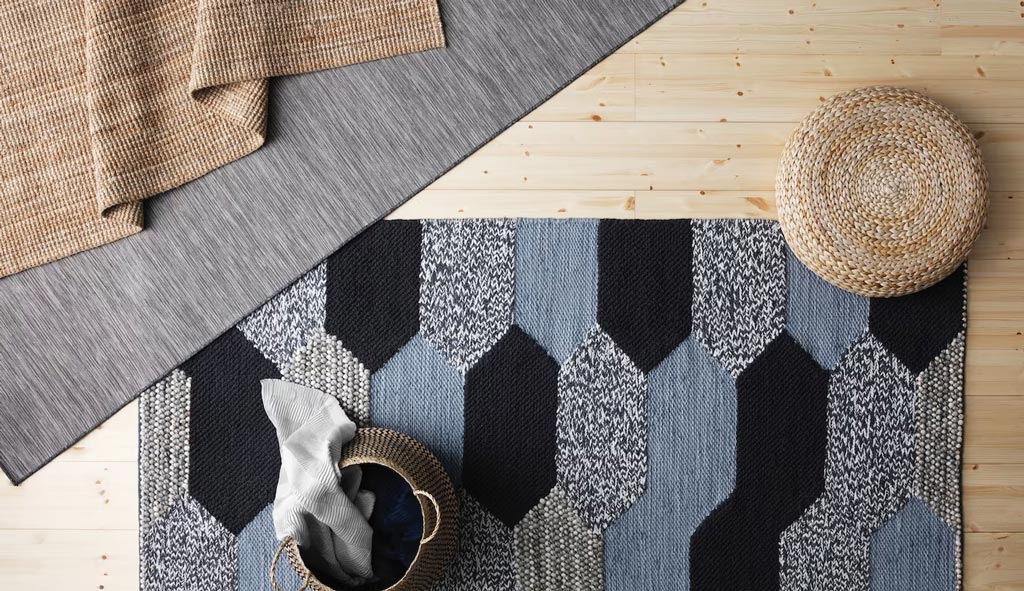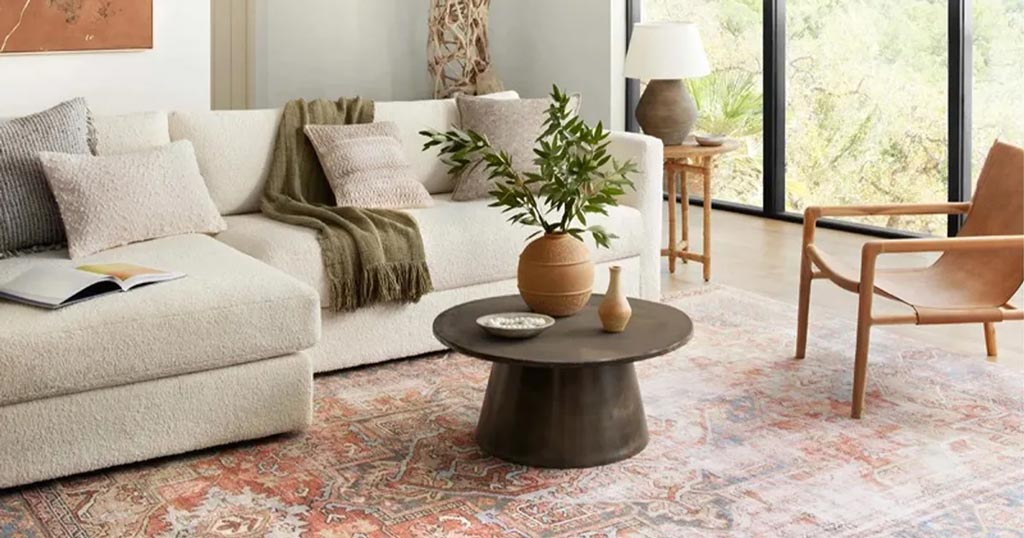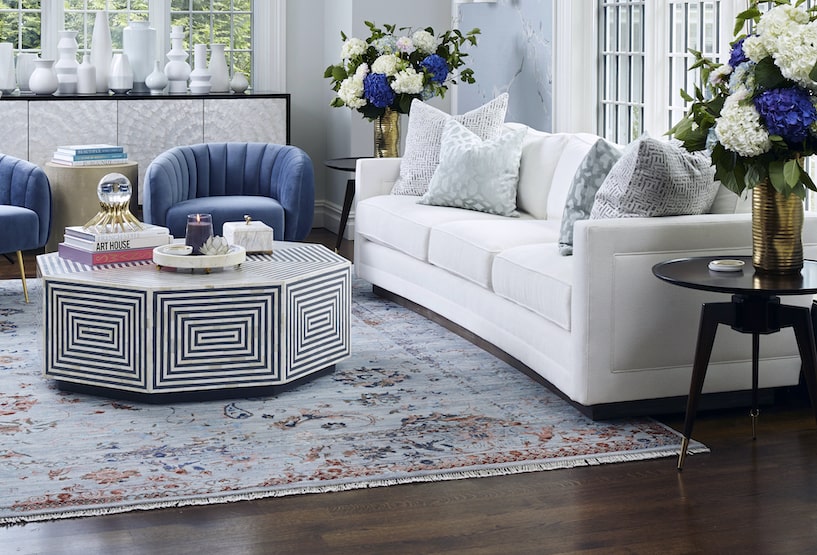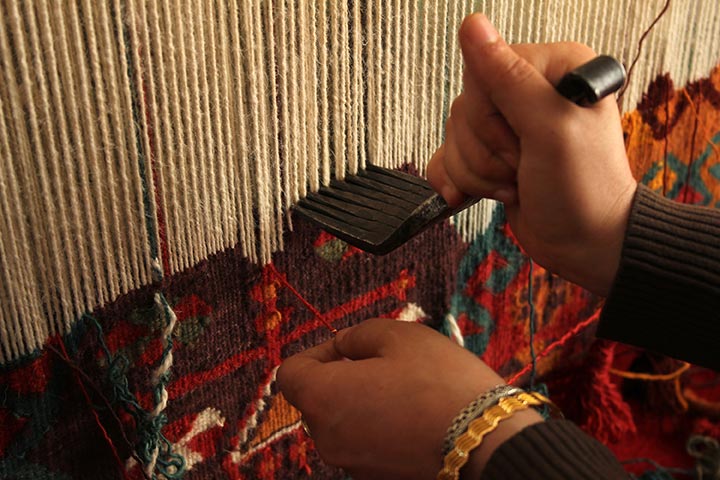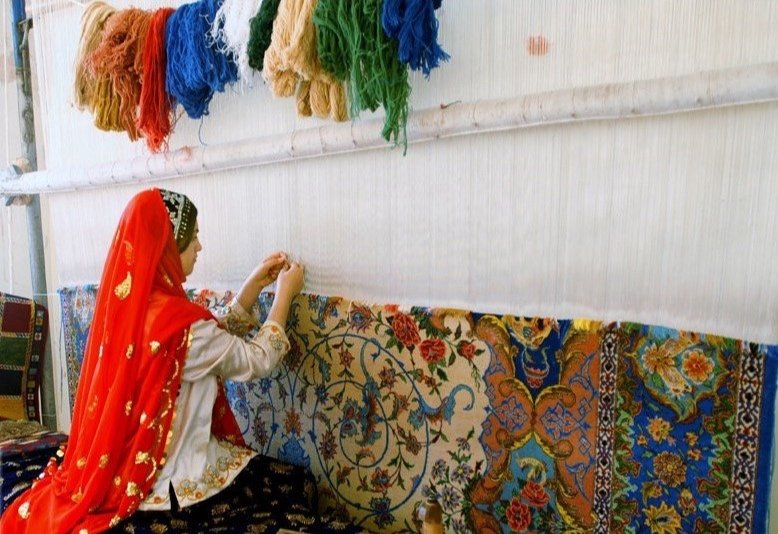Beyond the Floor: Creative and Unconventional Uses for Rugs in Home Decor
Rugs are often seen as floor coverings, but their potential in home decor extends far beyond the floor. At Apolon Rugs, we believe that rugs are versatile design elements that can be used creatively to enhance various aspects of your living spaces. In this comprehensive guide, we’ll explore unconventional and imaginative ways to incorporate rugs into your home decor, from wall hangings to furniture accents. Join us on a journey that reimagines the role of rugs in your interior design.
Wall Art with Rugs
Rugs can be transformed into stunning wall art pieces, adding texture, colour, and warmth to your walls. Learn how to select the right rug for wall art, how to hang it securely, and how it can become a captivating focal point.
Rug Upholstery
Why limit the beauty of rugs to the floor? Discover how rugs can be repurposed as upholstery for chairs, benches, and ottomans. We’ll explore the steps involved in transforming a rug into unique and stylish upholstery.
Table Transformations
Rugs can elevate your dining and coffee tables to new heights. Explore how rugs can be used as tablecloths, table runners, or even placemats. We’ll provide tips on choosing the right rug size and style for your tables.
Cosy Nooks and Canopies
Create cosy reading nooks or dreamy bed canopies by incorporating rugs. Learn how to use rugs to define spaces and add an extra layer of comfort and style to your home’s corners and retreats.
Rug Artistry: Custom Rug Creations
Unleash your creativity by crafting custom rugs that suit your design vision. We’ll explore DIY rug projects and provide step-by-step instructions for creating one-of-a-kind rugs, from hand-painted designs to braided masterpieces.
Rugs as Headboards
Transform your bedroom with a unique and eye-catching headboard made from a rug. Discover how to securely mount a rug as a headboard and the visual impact it can have on your bedroom decor.
Stairway to Style
Staircases are often overlooked in interior design, but rugs can transform them into stylish and functional elements. Learn how to use stair runners and rugs to add personality to your stairs while ensuring safety and comfort.
Outdoor Rug Elegance
Rugs aren’t just for indoor spaces; they can also enhance your outdoor living areas. Explore the world of outdoor rugs and discover how they can define outdoor spaces, add comfort underfoot, and withstand the elements.
Rugs and Art Displays
Rugs can complement and enhance your art collection. We’ll discuss how to use rugs as backdrops for artwork, creating a cohesive and visually striking display in your home.
Apolon Rugs – Your Partner in Creative Home Decor
As a conclusion to our guide, we’ll emphasize Apolon Rugs as your trusted partner in creative home decor. Explore our diverse collection of rugs, perfect for various unconventional uses, and embark on a journey of design transformation.
Conclusion
Rugs are more than floor coverings; they are versatile tools of creativity that can breathe new life into your home decor. Whether you choose to hang them on your walls, drape them over furniture, or incorporate them into DIY projects, rugs offer endless opportunities to infuse your living spaces with unique style and personality. Let Apolon Rugs inspire your creative journey in home decor. Contact us today at info@apolonrugs.com or give us a call at 02036432563 to explore our collection and discover the limitless possibilities of rug-inspired design.

